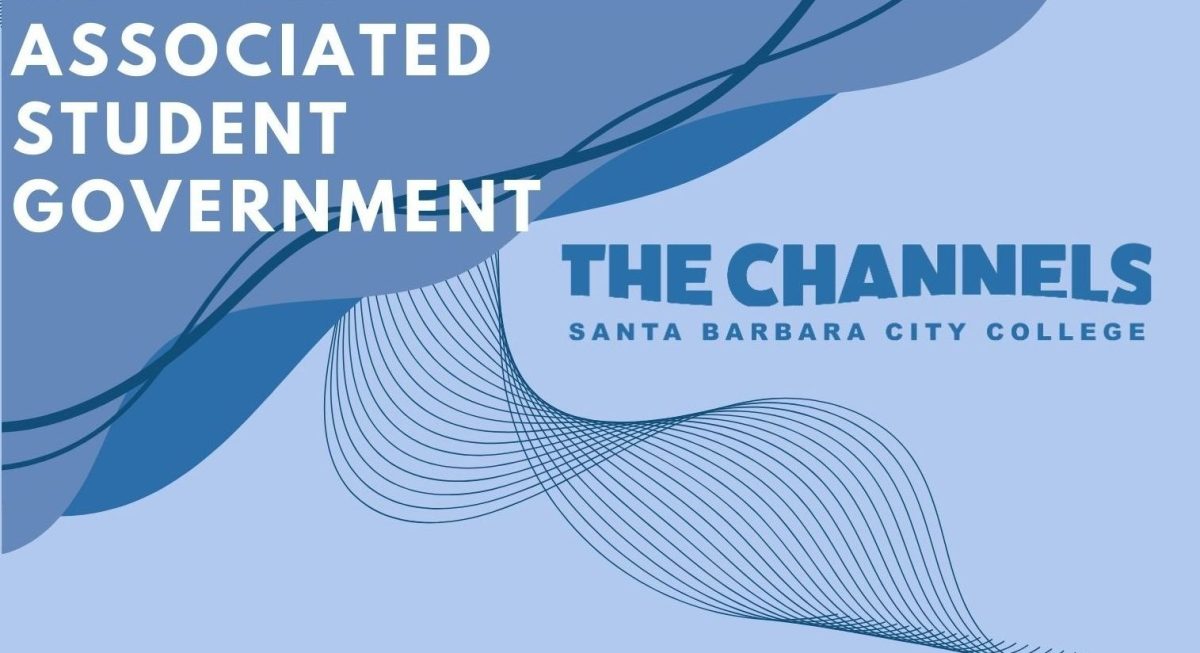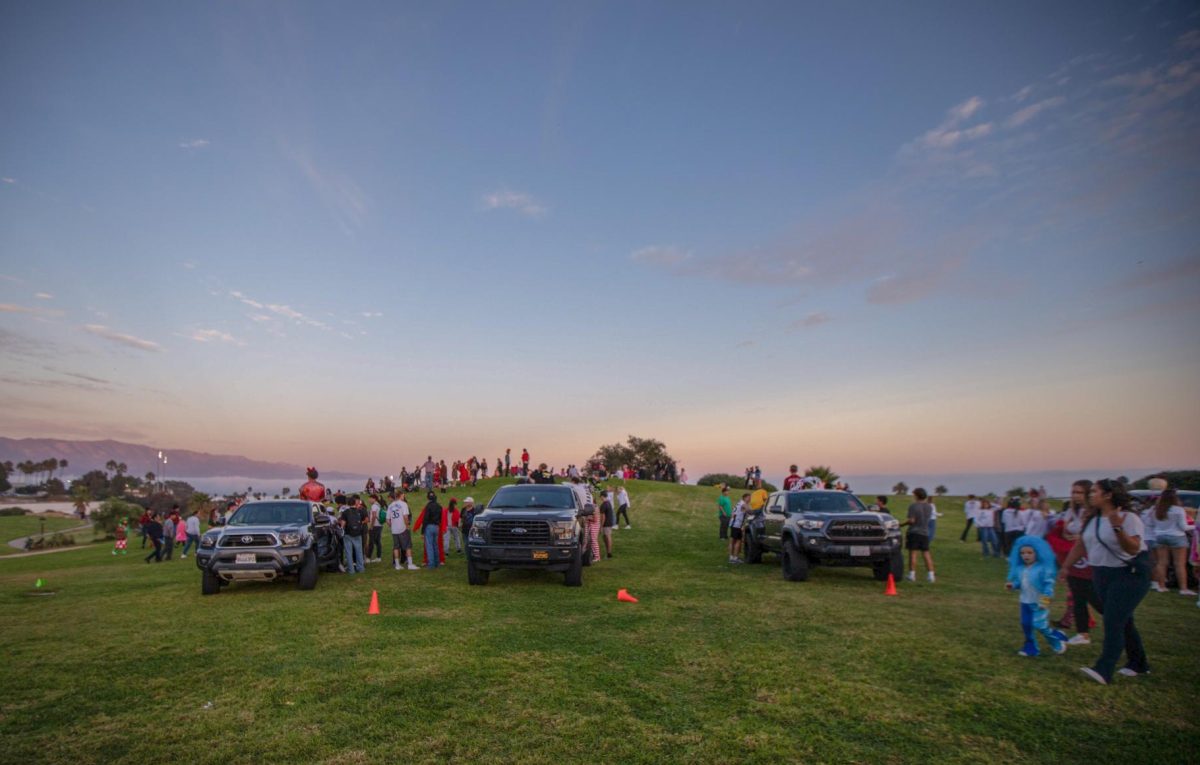College students report stalking incidents the least, concluded a lecture on stalking and its many components given Oct. 13 by a communication expert.
Brian H. Spitzberg, a communication professor at San Diego State University, presented his lecture, “The Paradoxes of Pursuit: Stalking, Stalkers and their Victims” to an audience of about 70 in Fellowship Hall at the First Presbyterian Church in Santa Barbara . The event, sponsored by the Center on Police Practices and Community (COPPAC) and UCSB Affiliates featured Spitzberg’s research on stalking, focusing particularly on its existence in relational profiles.
“College students figure that stalking behavior is a part of learning about relationships,” Spitzberg said. “They don’t view it as a criminal activity.”
He explained that this is partly because most stalking emerges in pre-existing relationships.
Spitzberg exposed certain myths about stalking in general, among those that it is a crime of celebrities and that it only occurs to females. Meta-analysis he recently co-conducted compiled the results of 142 studies done in the United States, concluding that 22 percent of people can be expected to be stalked in their lifetime and 75 percent of those who have been stalked were females.
“The line of what constitutes stalking is blurred in the public eye,” he said. He explained that males are less fearful of being stalked by females. They are also less likely to define stalking as being so, especially because it often mimics everyday courtship activity, contributing to its misperception.
He explained that laws regarding stalking have been enacted in all 50 states since California passed the first one ever back in 1991. However, only about one third of our country’s police departments have a policy for dealing with stalking. Although about 50 percent of stalking cases reach the police, only 13 percent are criminally prosecuted, mainly because other charges are usually found. Even yet, the common response to these cases is a restraining order, which has not yet been determined as improving or worsening the situation.
“There’s a little bit of stalking in all of us,” said Spitzberg, a USC graduate. Yet, research he compiled shows that stalking may be becoming more injurious. Also, there is some indication that deaths resulting from stalking are on the rise.
He said the average stalking case lasts about two years, and frequently third parties such as loved ones and co-workers become victims of the stalking. Spitzberg advised victims to take legal actions immediately, stop contact with the stalker and be aware of resources available. He pointed out that Santa Barbara has a Victims Awareness Assistance Program through the District Attorney’s Office that deals with these issues.
Spitzberg, an active member of the San Diego Stalking Strike Force, presented his latest project, the co-authoring of The Dark Side of Relationship Pursuit, a book that features the concept of unwanted pursuit of intimacy through repeated intrusions of privacy, or what he calls Obsessive Relational Intrusion. He and his colleague search to develop a theory about when stalking begins in a relationship and where it occurs.
Spitzberg concluded on a positive note, saying that a victim can gain positive aspects from the stalking experience such as learning to be more cautious and becoming closer to loved ones.
Coeds don’t report stalking
Eric Ramirez, Channels Contributor
December 5, 2003
Story continues below advertisement
More to Discover






